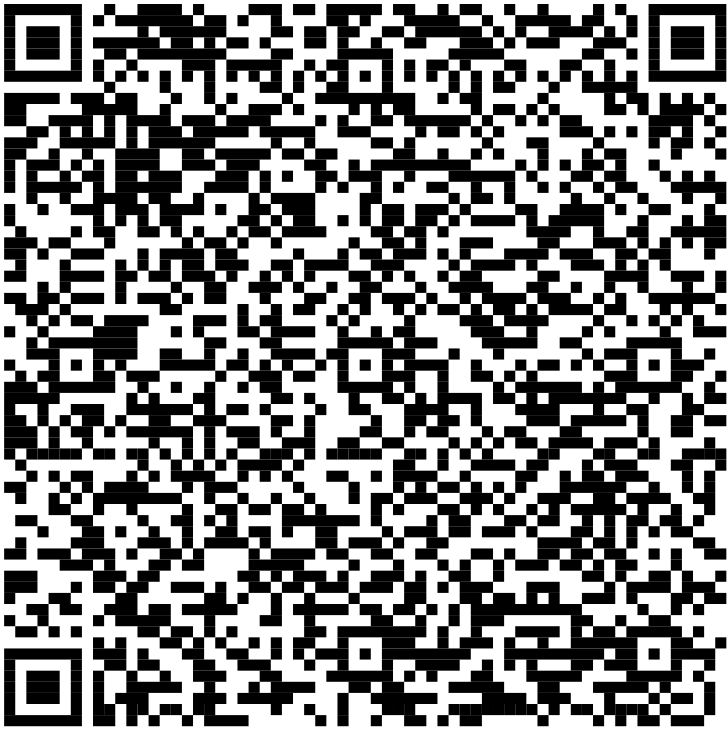Wilhelm Conrad Röntgen Symposium
HPV G4
ETHZ Hönggerberg
This public symposium is dedicated to the physicist Wilhelm Conrad Röntgen (1845 - 1923) and his vibrant legacy today.
Röntgen studied mechanical engineering at the ETH Zürich and obtained his PhD in physics in 1869 from the University of Zürich.
In 2020 his 175th birthday and the 125th anniversary of his discovery of X-rays should have been celebrated, but the event had to be shifted to 2021 due to the pandemic.
Due to the pandemic situation, registration via the following link is asked, where you confirm to have a valid Covid certificate (either fully vaccined, recovered, or tested).
Please fill in the form provided with the following link:
https://ethzurich.eventsair.com/wilhelm-conrad-rontgen-symposium/regde/Site/Register
A livestream allowing to follow the talks remotely will be active during the event:
https://video.ethz.ch/live/events/live-3.html
Room G4 in building HPV on Hönggerberg campus map
https://ethz.ch/en/campus/access/hoenggerberg.html
 Enter the HPV building from Robert-Gnehm-Weg.
Enter the HPV building from Robert-Gnehm-Weg.
See also on Google Map via the QR code.